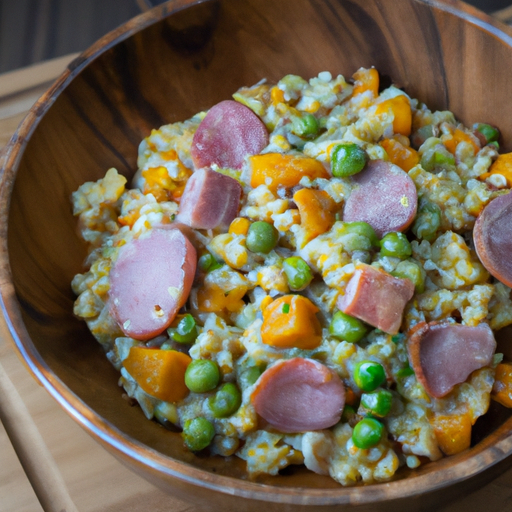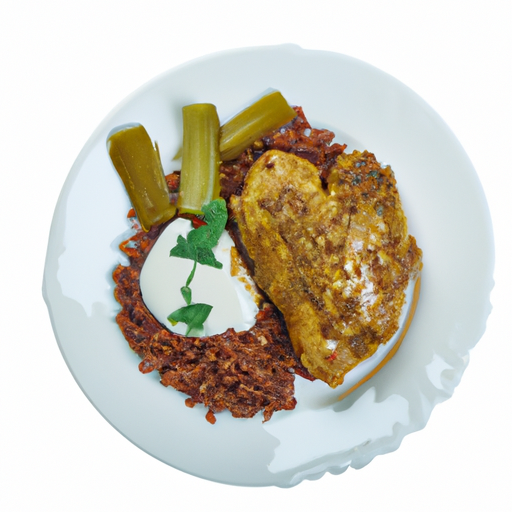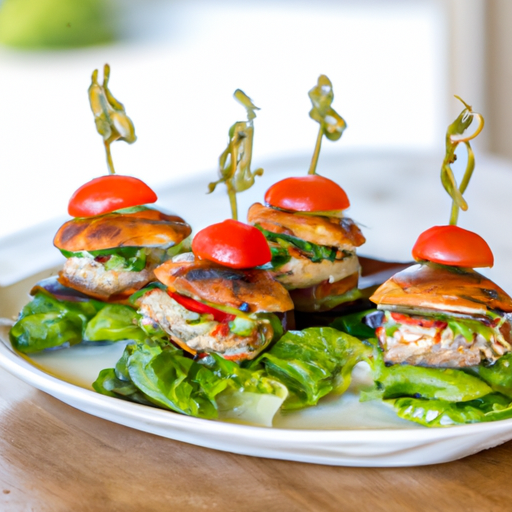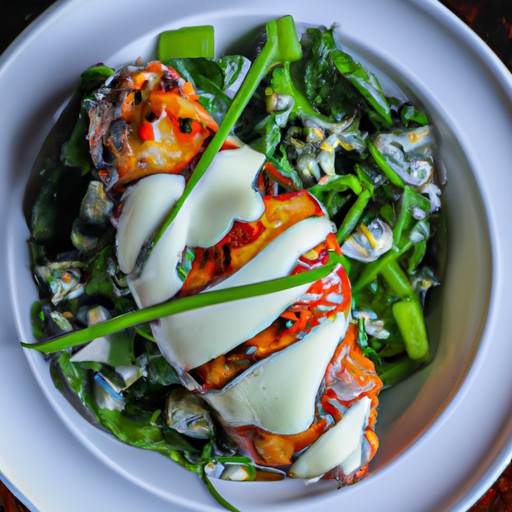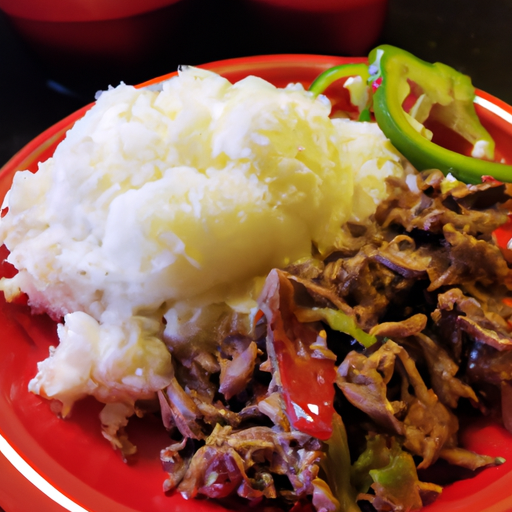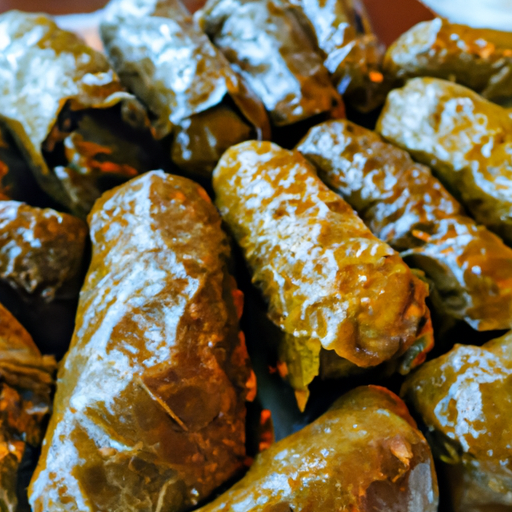Farro Risotto With Butternut Squash, Ham and Peas
This exploration delves into the preparation of farro risotto with butternut squash, ham, and peas.
It starts by examining the history of farro risotto and its importance in culinary customs.
Subsequently, it outlines the required ingredients and offers step-by-step instructions for cooking this dish.
Furthermore, it provides useful cooking tips to guarantee a successful outcome.
Keeping an impartial and objective writing style, this piece of writing aims to inform readers about the process of making farro risotto while preserving captivation with descriptive and informative content.
Farro Risotto History
The consumption of farro risotto can be traced back to ancient times, with evidence of its presence in various Mediterranean cultures. Farro, a type of hulled wheat, was a much-loved grain in Rome and Greece, lauded for its nutritive benefits and its versatility in cooking.
Risotto, on the other hand, originated in Northern Italy during the Renaissance era. Usually made with Arborio rice, the use of farro as an alternative ingredient has become more popular as of late, owing to its nutty flavor and chewy texture.
The pairing of farro and risotto methods creates a unique dish which offers an alternate take on the classic Italian comfort food. Nowadays, farro risotto is savored by many as a delightful and nourishing meal option.
Ingredients Farro Risotto With Butternut Squash, Ham and Peas
-1 cup farro
-3 cups vegetable broth
-2 tablespoons olive oil
-1 small onion, diced
-2 cloves garlic, minced
-1 cup butternut squash, peeled and diced
-1 cup cooked ham, diced
-1/2 cup frozen peas
-1/4 cup Parmesan cheese, grated
-Salt and pepper, to taste
Instructions
To make this dish correctly, it is essential to follow the directions step by step.
-
Initially, heat olive oil in a large saucepan over medium heat.
-
Then, add diced onion and minced garlic, cooking until they become translucent and fragrant.
-
Afterwards, add the farro to the pan and stir for around a minute to coat it with the oil mixture.
-
Pour in white wine and cook until it has evaporated completely.
-
Gradually add vegetable broth, stirring constantly until it is absorbed before adding more.
-
After around 25 minutes of cooking, check the farro for doneness; it should be tender yet still slightly chewy.
-
Stir in cooked butternut squash, diced ham, and frozen peas during the last few minutes of cooking.
Cooking Tips for Farro Risotto
When preparing the dish, it is important to soak the farro beforehand to reduce the cooking time and ensure a tender yet slightly chewy texture. Soaking helps to soften the outer bran layer of farro, allowing it to cook more evenly and quickly. It also helps to remove any dirt or impurities that may be present on the grains. To soak farro, simply place it in a bowl with enough water to cover it completely and let it sit for at least 30 minutes or up to overnight. After soaking, drain the farro and rinse it well before using in your recipe.
To further highlight the importance of soaking farro, here is a table comparing the cooking times and textures of soaked versus unsoaked farro:
| Soaked Farro | Unsoaked Farro |
|---|---|
| Cooking Time | Shortened |
| Texture | Tender |
Soaking not only reduces cooking time but also results in a more tender texture compared to unsoaked farro which may remain slightly tough even after prolonged cooking. It is essential to soak farro prior to cooking for optimal texture and to reduce overall cooking time.
Final Thoughts
At the end, soaking farro before cooking not only reduces the overall cooking time but also enhances the tenderness of the grains. Water is able to penetrate the outer layer of bran and germ, softening them and making them easier to digest. This process breaks down complex starches and sugars, resulting in a quicker cooking time compared to unsoaked farro.
Additionally, soaking can help release some of the phytic acid present in farro, which can inhibit the absorption of certain minerals by our bodies. By reducing phytic acid levels through soaking, the nutritional benefits of farro are maximized.
Moreover, soaked farro has a pleasantly chewy texture that adds depth to dishes like risotto or salads. Therefore, taking the extra step to soak your farro before cooking is beneficial for both convenience and flavor purposes.
Frequently Asked Questions
Can I Substitute Farro With Another Grain in This Recipe?
Substituting farro with another grain in this recipe is possible, but the resulting dish may have a different texture and flavor. Consider grains such as barley or spelt, which have similar qualities to farro.
How Long Can I Store Leftovers of This Farro Risotto Dish?
The storage duration for leftover farro risotto can vary depending on factors such as proper refrigeration and the absence of spoilage signs. It is advisable to consume leftovers within 3-4 days to ensure freshness and minimize the risk of foodborne illnesses.
Can I Make This Recipe Without Using Any Meat?
The recipe can be modified to exclude meat, allowing for a vegetarian version. By omitting the ham and using vegetable broth, the dish can still showcase the flavors of butternut squash and peas.
What Other Vegetables Can I Use Instead of Butternut Squash?
Other vegetables that can be used instead of butternut squash in the recipe are acorn squash, pumpkin, sweet potatoes, or even carrots. These alternatives will provide a similar texture and flavor profile to the dish.
Can I Make This Dish in Advance and Reheat It Later?
Reheating dishes made in advance is a common practice, but the success may vary depending on the specific dish. It is recommended to evaluate the texture and taste after reheating to ensure it meets expectations.
